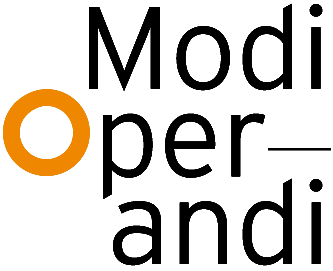ETHNOGRAPHIES CONTRIBUTION
While the architectural design suggested in Brouwer’s project may be interesting for understanding a site in a different scientific setting, it may be inadequate for the study of the CZ where a multiple set of sensors in several observatories are deployed. Scientists in the CZ focus on areas with observatories scattered around the world, making the climate change story more complex. The CZ is the thin layer on the Earth’s surface that extends vertically from bedrock to the canopy, where water modifies it, flows through it, alters it. Scientists are studying this critical zone threatened by the Anthropocene in observatories within natural landscapes, equipping forests, coasts, agricultural fields, etc. with instruments to monitor wind, chemistry, gravity, biodiversity, etc., which are all components of a landscape. Following these scientists at work in these observatories, I have heard many stories about the unexpected behavior of various entities, which change our understanding of nature. Each time, these stories start from the field, from the tour of an instrument. Indeed, like Brouwer’s project, the starting point of the sensors is very relevant because they allow us to see, to understand, to capture phenomena occurring in a landscape of which the inhabitants are not aware. However, the sensors are attached to people, scientists, who operate them, maintain them, repair them, install them, then read them, extract data and draw results from them, discuss them, come back to develop new sensors to be installed again in the field. So we have to take into account the whole world, not just the machines.
Perhaps we need a more contextualized approach, and to follow closely the technical equipment, the device, where it is made, by whom, for what purpose. This can be done using ethnographic methodologies, following scientists in action to understand what they are doing. This method is widely used in anthropology or in science and technology studies[18] and even in architecture[19] . By carrying out ethnographic observations, and by following science in the making, or even any other practice, one cannot design a project without taking into account those practices. Perhaps architecture should restructure its discipline not by building more ‘things’ but by building communities, mainly by asking: how to work with scientists in collaborative ways?
